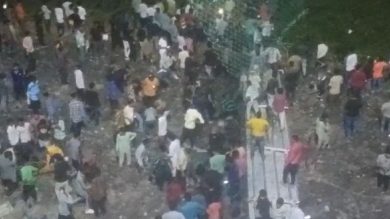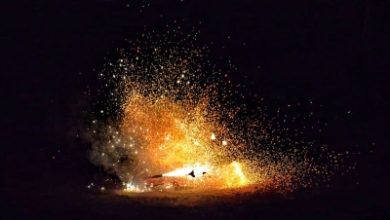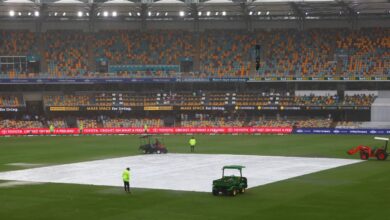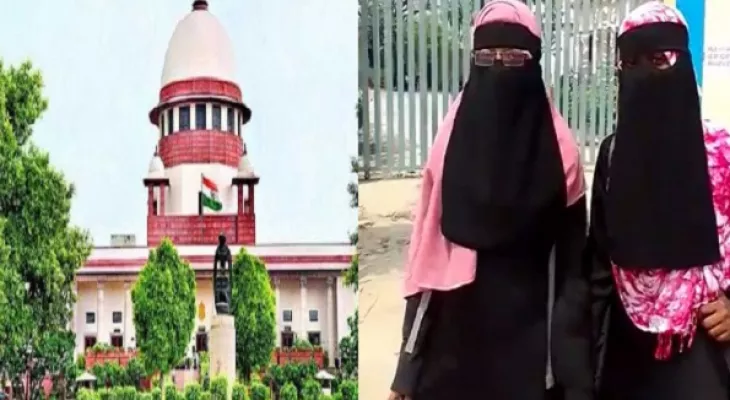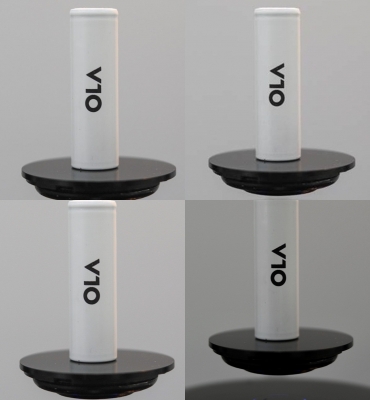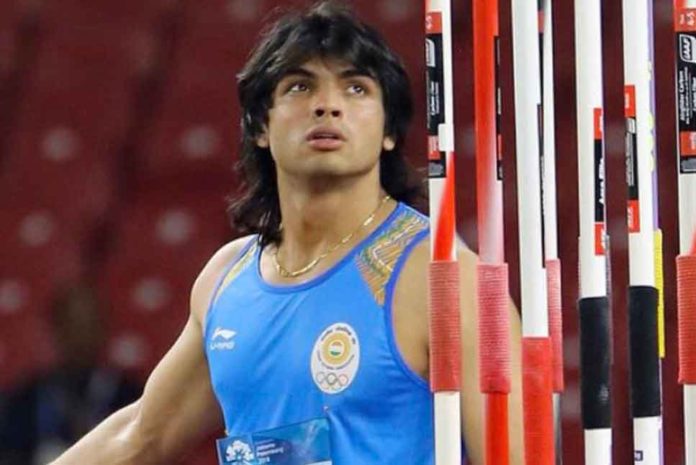
New Delhi: Tokyo Olympic Gold medalist Subedar Neeraj Chopra is likely to be honoured with the Param Vishisht Seva Medal on Republic Day. Chopra enlisted into the Indian Army as a Subedar under 4th Battalian Rajputana Rifles. The 24-year-old javelin thrower won the gold medal in the Tokyo Olympics with the best throw of 87.58 meters. After his historic win at the Tokyo Olympic, Chopra became the first track and field athlete and second Indian- after Abhinav Bindra to win a Gold at the quadrennial event. The President approved 384 Gallantry Awards and other defence decorations to Armed Forces personnel on Republic Day. The awards includes 12 Shaurya Chakras, 29 Param VishishtSeva Medals, 4 UttamYudhSeva Medals, 53 Ati Vishisht Seva Medals, 13 YudhSeva Medals, 3 Bar to Vishisht Seva Medals, 122 Vishisht Seva Medals, 3 Bar to Sena Medals, 81 Sena Medals, 2 Vayu Sena Medals, 40 Sena Medals (Devotion to Duty), 8 Nao Sena Medals (Devotion to Duty), and 14 Vayu Sena Medals.
The 23-year-old Subedar in the Indian Army hails from Panipat, Haryana. Neeraj won the gold medal in the 2016 South Asian Games with a javelin throw of 82.23 metres. After this, in the 2017 Asian Athletics Championships, he won the gold medal in the javelin throw for a distance of 85.23 meters. Neeraj won the gold medal in the 2018 Commonwealth Games with a throw of 86.47m. He started his season with a new national record of 88.06m in March 2021 ahead of the Tokyo Olympics.
Param Vishisht Seva Medal (PVSM) is a military award of India. It is given to defense personnel doing exceptional work in the field of peace and service. Personnel of all ranks of the Indian Armed Forces including Territorial Army, Auxiliary and Reserve Forces, Nursing Officers and other members of Nursing Services and other legally constituted Armed Forces are eligible for this award. Param Vishisht Seva Medal was originally instituted on 26 January 1960 as “Vishisht Seva Medal, Class I”. Its name was changed on 27 January 1961.


